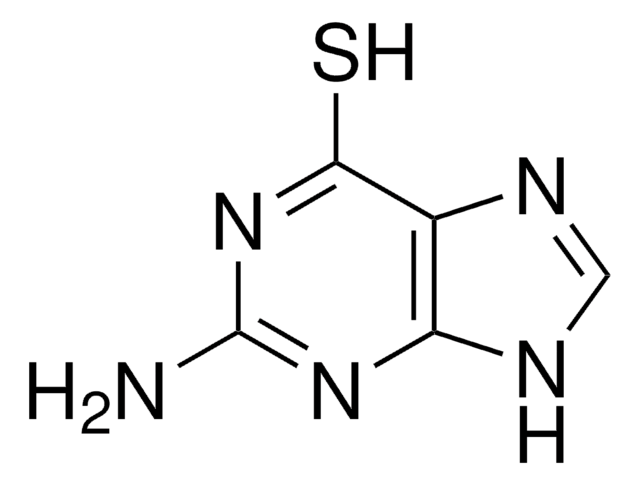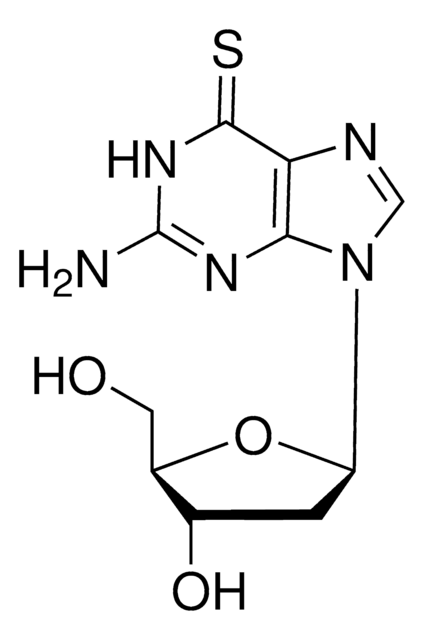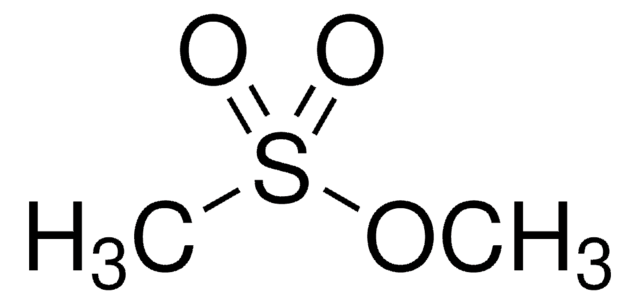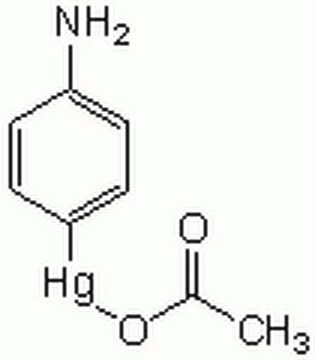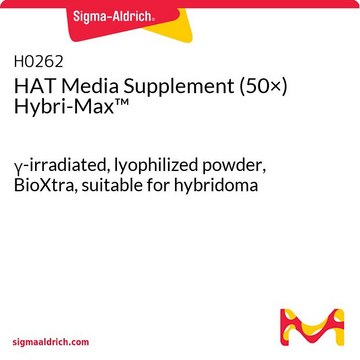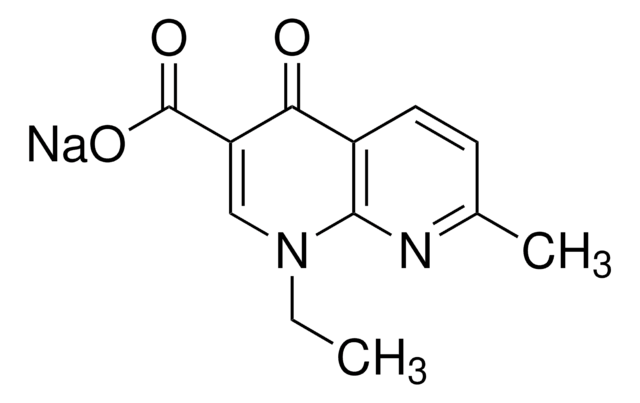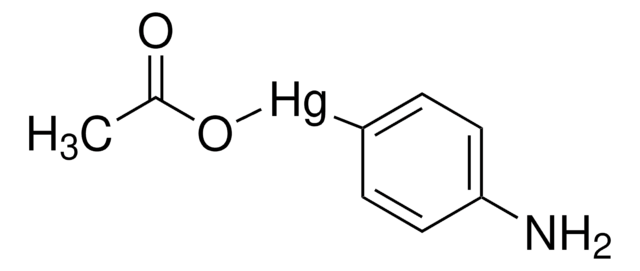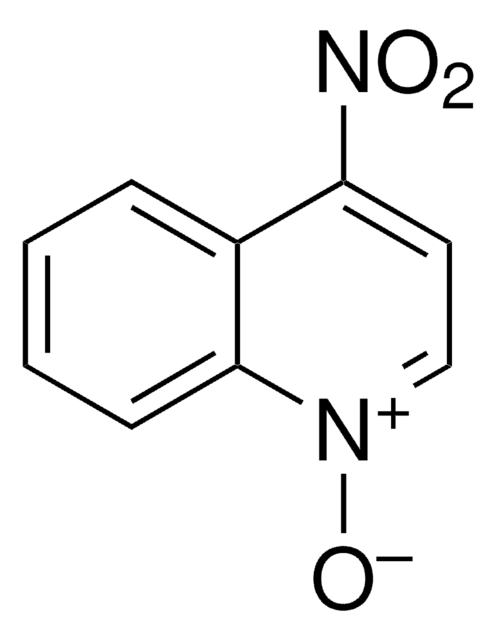A4660
6-Thioguanine
Hybri-Max™, 50 ×, γ-irradiated, lyophilized powder, BioXtra, suitable for hybridoma
Sinonimo/i:
2-Amino-6-mercaptopurine, 2-Amino-6-purinethiol
About This Item
Prodotti consigliati
Origine biologica
synthetic (organic)
Livello qualitativo
Grado
Hybri-Max™
Sterilità
γ-irradiated
Nome Commerciale
BioXtra
Saggio
~98%
Forma fisica
lyophilized powder
Concentrazione
50 ×
tecniche
cell culture | hybridoma: suitable
Impurezze
endotoxin, tested
Punto di fusione
≥300 °C (lit.)
Solubilità
1 M NaOH: 50 mg/mL, clear to slightly hazy
Temperatura di conservazione
room temp
Stringa SMILE
NC1=Nc2nc[nH]c2C(=S)N1
InChI
1S/C5H5N5S/c6-5-9-3-2(4(11)10-5)7-1-8-3/h1H,(H4,6,7,8,9,10,11)
WYWHKKSPHMUBEB-UHFFFAOYSA-N
Informazioni sul gene
human ... IMPDH1(3614) , IMPDH2(3615)
Cerchi prodotti simili? Visita Guida al confronto tra prodotti
Categorie correlate
Applicazioni
Azioni biochim/fisiol
Ricostituzione
Note legali
Avvertenze
Danger
Indicazioni di pericolo
Consigli di prudenza
Classi di pericolo
Acute Tox. 3 Oral
Codice della classe di stoccaggio
6.1C - Combustible acute toxic Cat.3 / toxic compounds or compounds which causing chronic effects
Classe di pericolosità dell'acqua (WGK)
WGK 3
Punto d’infiammabilità (°F)
Not applicable
Punto d’infiammabilità (°C)
Not applicable
Dispositivi di protezione individuale
Eyeshields, Faceshields, Gloves, type P2 (EN 143) respirator cartridges
Certificati d'analisi (COA)
Cerca il Certificati d'analisi (COA) digitando il numero di lotto/batch corrispondente. I numeri di lotto o di batch sono stampati sull'etichetta dei prodotti dopo la parola ‘Lotto’ o ‘Batch’.
Possiedi già questo prodotto?
I documenti relativi ai prodotti acquistati recentemente sono disponibili nell’Archivio dei documenti.
I clienti hanno visto anche
Il team dei nostri ricercatori vanta grande esperienza in tutte le aree della ricerca quali Life Science, scienza dei materiali, sintesi chimica, cromatografia, discipline analitiche, ecc..
Contatta l'Assistenza Tecnica.